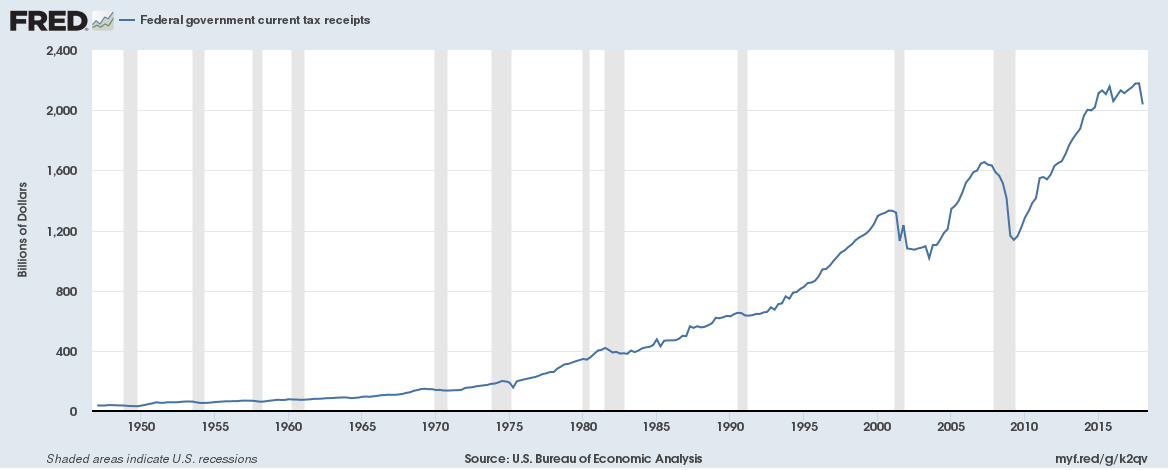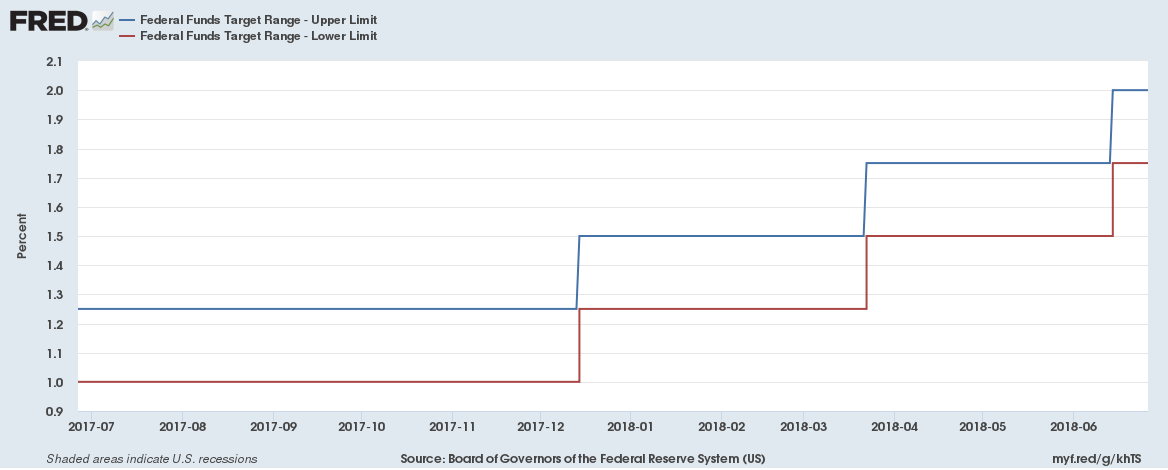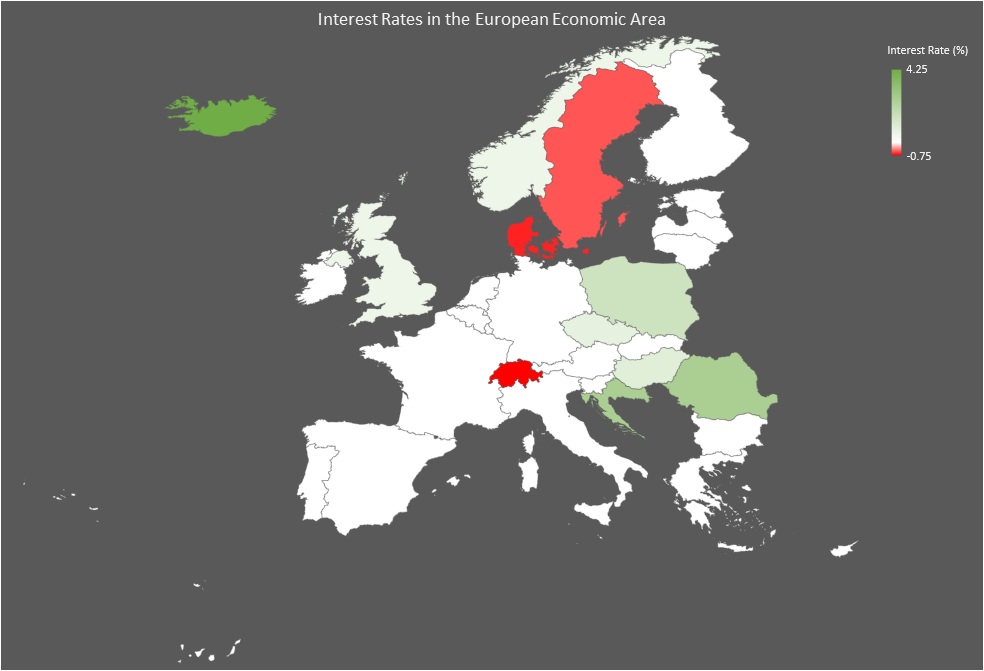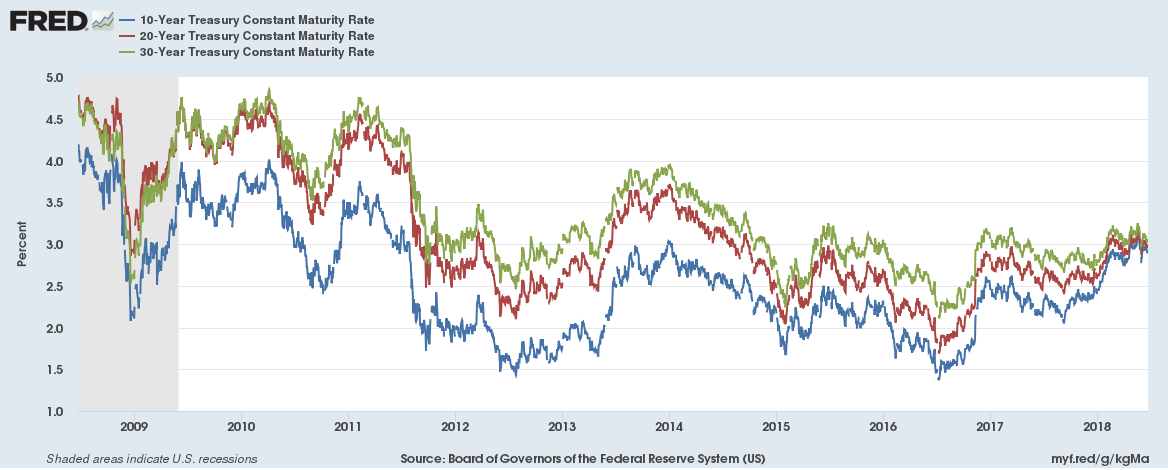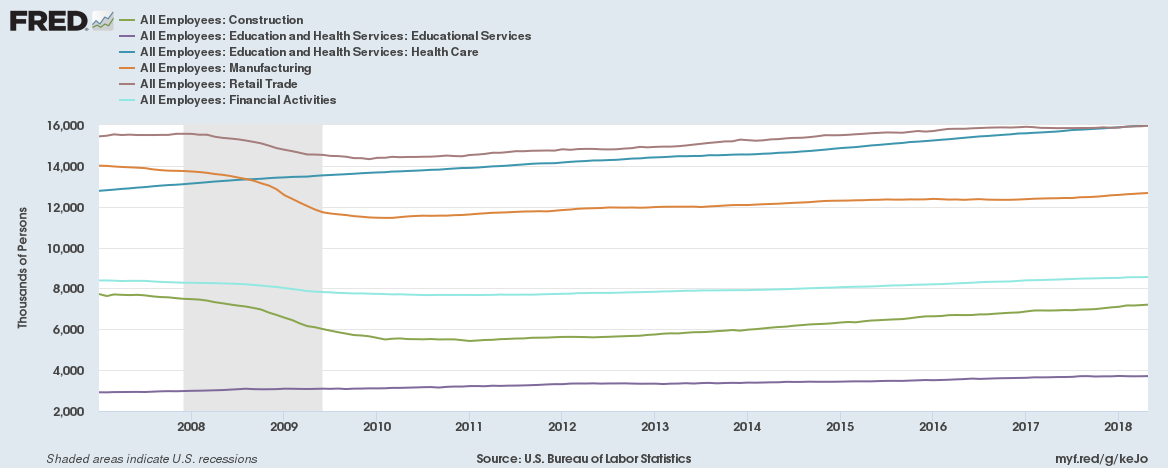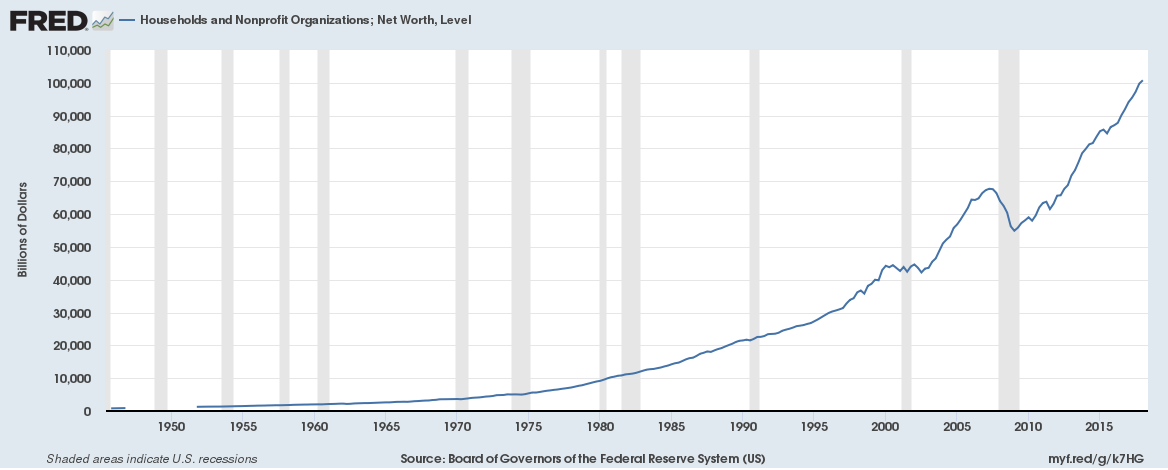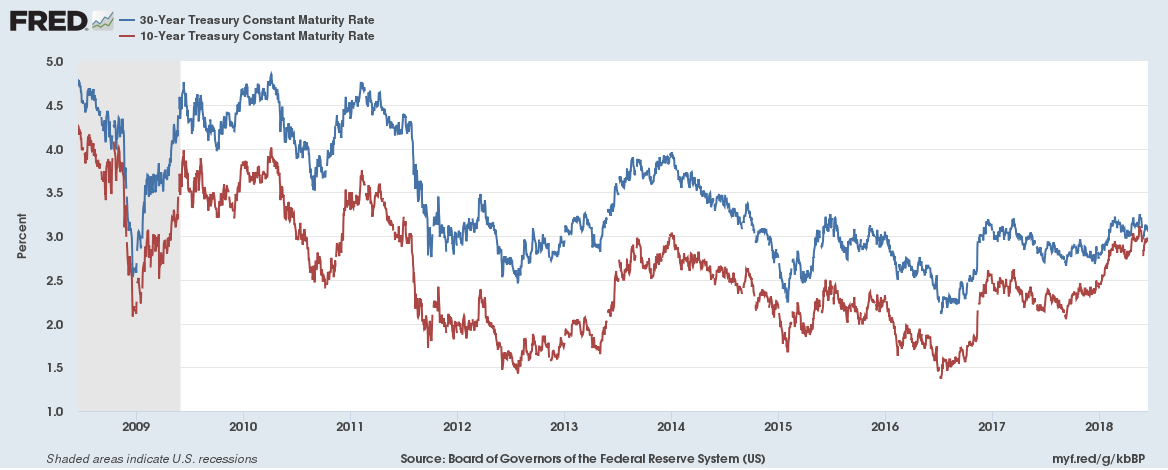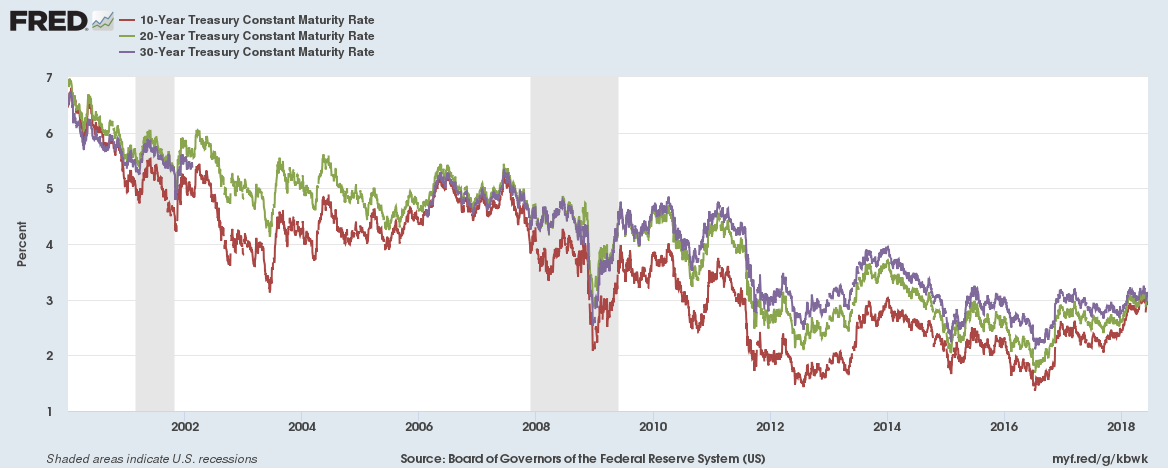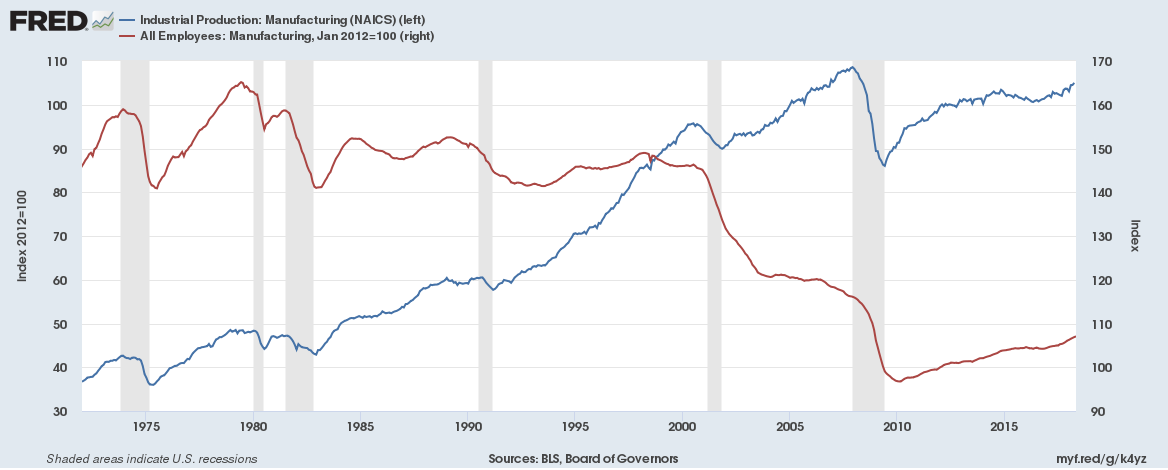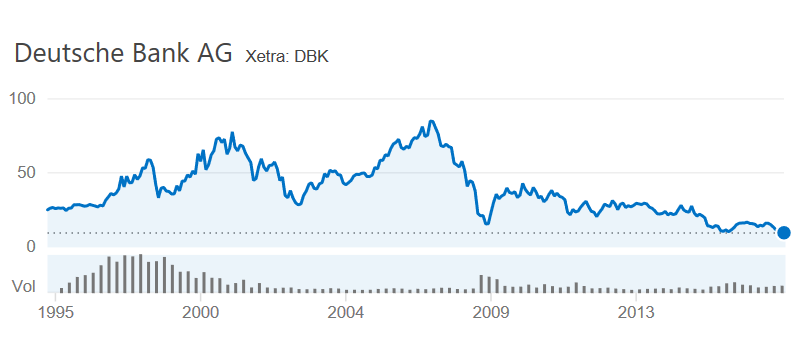1. The U.S. has the 13th lowest average tariffs in the world as per the World Trade Organisation
We wrote about average import tariffs or custom duties per country, the United States has the 13th lowest tariffs in the world (out of the 165 members of the World Trade Organization) at only 3.48%.
2. … but the U.S. only charged 1.65% in tariffs in 2017
The WTO number is averaged across all products; the actual tariffs could be different based on the product mix of imports as well as any special trade deals the country may be part of.
In the case of the U.S., the actual import tariff or custom duty was just $38.49 billion or 1.65% of the value of $2.34 trillion in imports in 2017.
3. The U.S. did have a Trade deficit with Canada in 2017
Canada was the largest export market with exports of $282.47 billion in 2017. Canada was also the third largest market for imports behind only China and Mexico with total imports of $299.98 billion and a trade deficit of $17.5 billion. The trade deficit itself with Canada was the 12th largest for the U.S. in 2017.
4. All constituent countries taken together, the European Union was the largest export market for the U.S. in 2017
The U.S. had exports worth $284 billion to the 28 European Union Countries in 2017, beating Canada with $282.5 billion of exports in 2017. Continue reading “14 things about U.S. trade and trade tariffs”
